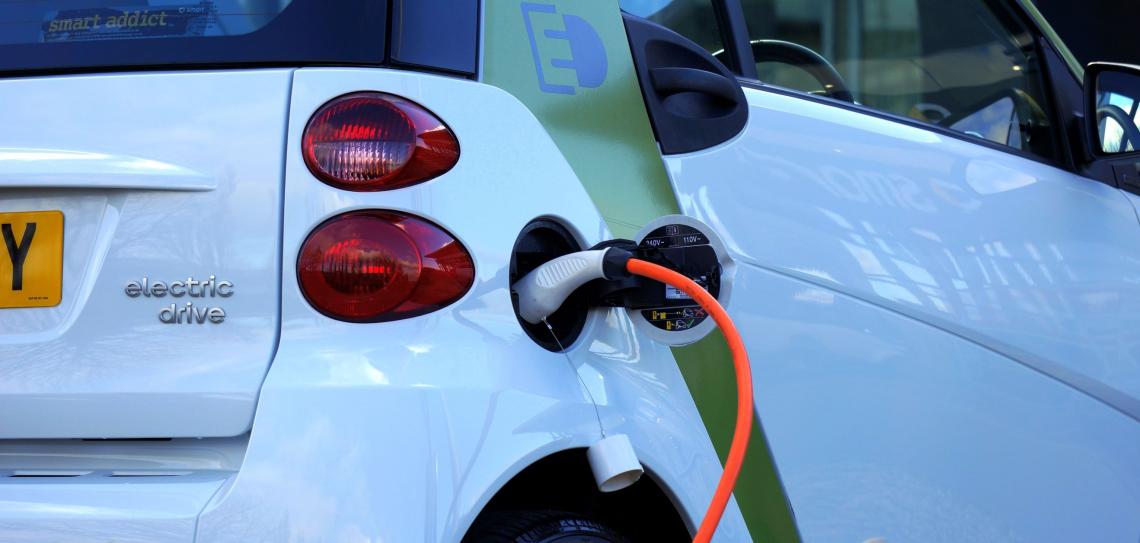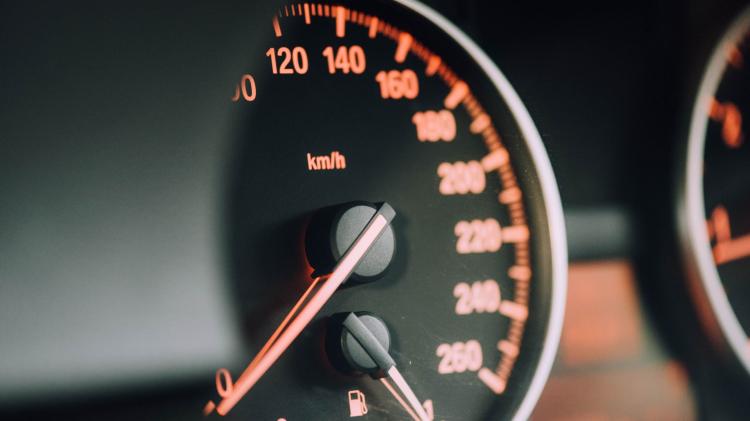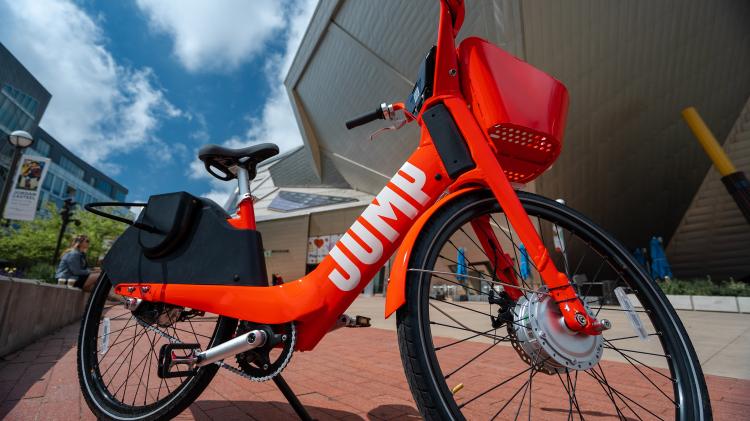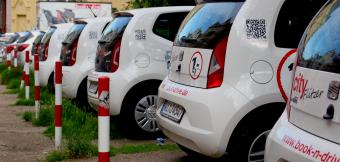
Use an electric vehicle
10% of CO2 in industrial nations comes from exhaust fumes, and they cause many illnesses. Consider living car-free, but if you have to drive use an electric vehicle. This will produce half the CO2 of a petrol/diesel engine and no fumes. Or get an electric bike; easier on hills and minimal emissions.

Do you really need a car?
The best way to reduce CO2 production from a private car is not to have one! Cycling or walking are the climate friendly choices for short journeys; train or coach for long ones. You could also consider lift sharing, car sharing, or a car club.
If you are struggling with steep hills or long distances when cycling, you could get an electric bike instead of a car. Make your transport plan before you decide if you need a car. If you do, choose an electric one. If you can’t afford one, learn how to drive to minimise your fuel consumption.
The financial cost
New electric cars are more expensive. However, fuel costs are about a third of a petrol or diesel car, and servicing is much cheaper. An average driver will recoup the price difference within two years, and will then start saving money. There is also a growing market in second hand electric vehicles. Other ways to reduce the cost include sharing ownership of the new vehicle or getting a commuting buddy.
If you still can't afford an electric car, then buy the most efficient vehicle possible; aim for at least 20 km per litre (47 miles per gallon). A new electric bike costs less than a tenth of a new electric car.
Generating your own electricity
If you are already generating electricity, your surplus is probably going into the national grid, so taking that surplus for charging your vehicle instead won’t impact on overall CO2 emissions. However, if you aren’t generating your own electricity, buying an electric vehicle gives you the perfect incentive. Creating a new domestic power generating system (perhaps as part of a community power scheme) specifically to charge your electric vehicle will enable a further substantial reduction in its emissions. See Action 10: 'Generate your Own Electricty'. V2G (vehicle-to-grid) technology is another approach, where an electric car battery is used as a local electricty store, helping load balancing on the national grid.
Electric bikes
An electric bike is a pedal cycle that has been adapted to incorporate an electric motor to help you go further, tackle bigger hills, or simply ride with less effort. An e-bike needs only 10% of the energy of a car over the same distance. There are still some embedded energy costs, and a few nasty materials in batteries, but the quantities are small. Laws on electric bikes differ between countries, so check before buying.

Driving efficiently
Whether diesel, electric or petrol, the best fuel consumption comes from consciously driving efficiently, or ‘hypermiling’. The biggest tip is car sharing; four people in a car will use a quarter of the fuel of one, per passenger kilometre. The second best tip is to drive on motorways at a steady 100kmph (60mph) on cruise control. Thirdly, save up to 40% of fuel by:
-
Avoiding short distance urban travel
-
Getting your car serviced, especially oil and brakes
-
Removing any dead weight
-
Removing the roof rack
-
Checking tyre pressure regularly
-
Avoiding rush hour
-
Turning off engine if stuck in traffic or parked for more than 10 seconds
-
Using cruise control
-
Avoiding stop-start driving: going slow and steady up to junctions and in jams
-
Rolling to a stop instead of braking
-
Driving at 85-100kmh (50-60 mph)
-
Leaving early so you don’t need to drive fast
-
Avoiding using air con if possible: open a window below 60kmph (40mph)
-
Closing windows and sunroof when going over 60kmph (40mph)
-
Changing up a gear before 2,500 revs in a petrol car, 2,000 in a diesel
-
Monitoring your ongoing fuel consumption.
Get more tips on hypermiling at lifehacker.co.uk
Greenhouse gases from petrol, diesel and electric cars
As well as CO2, exhaust emissions contain nitrous oxide with a global warming effect 300 times that of CO2. Moreover, large amounts of CO2 are released in producing, transporting and storing oil. Generating electricity to fuel electric vehicles does release CO2, but across its lifetime a fully electric vehicle charged from the grid will produce around half the CO2 of a petrol/diesel car. Electric/petrol hybrid cars currently beat both. However, technical improvements mean that by 2030 fully electric vehicles will outperform hybrids. As the proportion of electricity generated from renewables rises, the CO2 from electric vehicles will further decrease.
Read a detailed study of the lifecycle impact of electric cars here.
Air quality
Studies show that 53,000 premature deaths occur yearly in the US and 5,000 in the UK due to traffic fumes. Carbon monoxide, nitrous oxide, ozone and particulates from exhausts can cause poisoning, reduced lung function, heart disease, asthma, and cancer. Reducing the numbers of cars - and switching those that remain to fully electric operation - would greatly improve urban air quality and citizen health and reduce traffic congestion and accidents.
Picture credits: 1) Mikesphotos on pixabay.com 2) Chuttersnap on Unsplash 3) Cody Engel - unsplash.com
For journeys of less than a mile, always walk, cycle or bus
Buy an electric car or bike
Share ownership of an electric car with friends or family
Campaign for more electric car charging points



